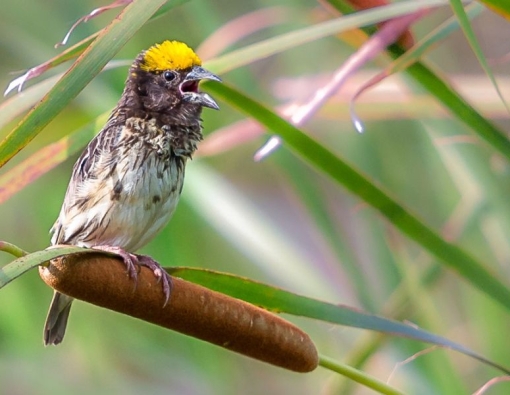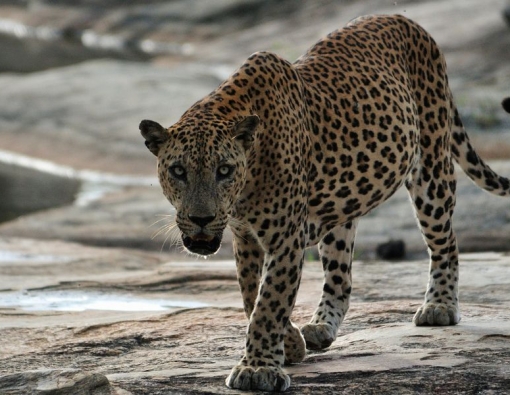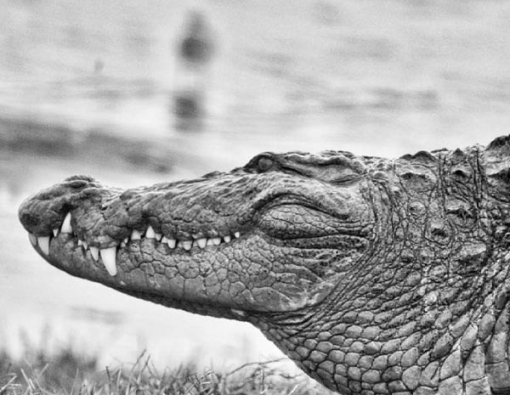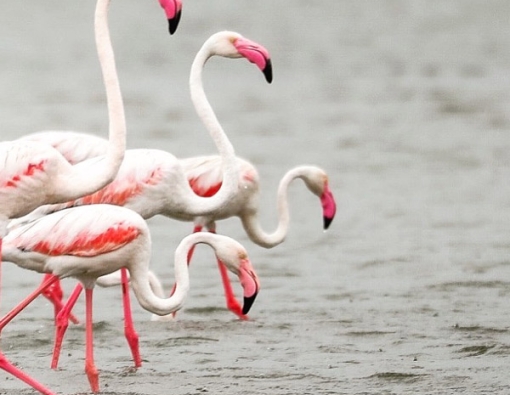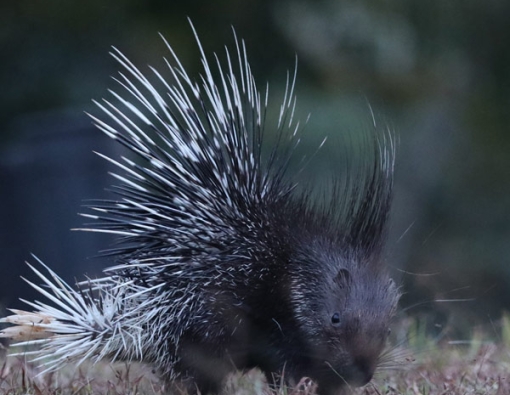Titans of the Sea - Blue whales and sperm whale safari Sri Lanka
Whale watching Sri Lanka
Whales are the world’s largest warm blooded marine mammals, which are of the order Cetacea. They breathe air, give birth to live offspring and are found in all oceans of the world, making whale watching holidays possible! Whales are divided into two classes, the Odontoceti (toothed whales) and Mysticeti (baleen whales). A sieve-like structure called baleen is observed in the mouths of Baleen whales, along with two external blowholes. Toothed whales possess teeth and only one external blowhole, though internally they have two nasal passages. Five species of baleen whales and twenty one species of toothed whales have been recorded in the waters of Sri Lanka.
Sri Lanka, surrounded by the sea, has a rich diversity of marine habitats, each with its own community of sea creatures. Although the oceans are vast and many seem infinite, we are now causing enough damage for its effects to be felt. Sri Lanka has 1700km of coastline, which provides a little-explored but extensive series of habitats – from sandy beaches to rock pools.
Baleen whales and the whale safari Sri Lanka
Baleen is made of a horny substance similar to human fingernails, and is embedded in rows of plates in the gums of baleen whales. The inside of these plates are rough and bristle-like – the fineness of the bristles varies from species to species depending on individual diet! Baleen whales feed by taking in water through their mouth and expelling it through the baleen plates to sieve out food, such as plankton and small fish. Only one family of baleen whales, which includes the blue whale (Baleaenoptera musculus), the largest animal to have ever lived, weighs up to 160 tonnes and 40m in length! Other species of baleen whales to have been recorded in Sri Lankan waters are Bryde’s whale (Baleanoptera edeni), and is commonly seen. Generally under 14m in length, these aquatic beasts are relatively small. Mink whales (Baleanoptera acutorostrata) are smaller still, as adults seldom exceed 10m! Fin whales (Baleanoptera physalus) the second largest species, measures 27m in length and weighs up to 100 tonnes.
What better way to voyage the seas and meet the giants of the ocean, than on a whale watching holiday?
Toothed whales and dolphin watching in Sri Lanka
Toothed whales are divided into six families, of which four are represented in Sri Lankan waters, but all are possible to sight on a dolphin watching tour! The Sperm whale (Physeter macrocephalus) is the world’s largest toothed whale, reaching 18m in length and 45 tonnes. Amongst the dolphins in Sri Lanka, Spinner dolphins (Stenella longirostris) are probably the most abundant of Sri Lanka’s marine mammals, and are often seen from the shorelines of Kalpitiya to Kirinda. These finned friends can reach up to 2m in length! Other common sightings of dolphins include the Striped dolphin (Stenella coeuleoalba), Bottlenose dolphin (Tursiops truncates), Risso’s dolphin (Grampus griseus), and the Killer whale (Orcinus orca). Killer whales, which can grow up to 9m in length, are also seen in Kalpitiya and Mirissa – an unmistakable sighting with its bold black and white markings, being familiar from ocean aquariums to blockbuster movies!
Whale watching Sri Lanka best time
Some of these aquatic beasts are occasional visitors while some are permanent residents around Sri Lankan waters. Most commonly seen is the migration from Arabian seas to the Bay of Bengal by these whales. Large pods of sperm whales and blue whales are frequently spotted off the coast of Dondra throughout December to April. According to marine biologists, these whales can be residents or visitors since the continental shelf off Dondra and Mirissa is quite narrow. Mirissa whale watching is an ideal start to spot Sri Lanka Blue Whales. Though perhaps the best spot to get a glimpse of the sperm whale would be along the North-Western coast in Kalpitiya. Whale watching is also possible during the months of June to September along the Eastern coast, which makes Trincomalee whale watching a must-do. However, whichever sea route you take, you’ll be sure to have a whale of time!
By Puwathara Jayawardena, Mahoora Senior Naturalist

- +94 (0)70 2228 222
- [email protected]
- Mon-Fri 8.30 am t0 5.30 pm





